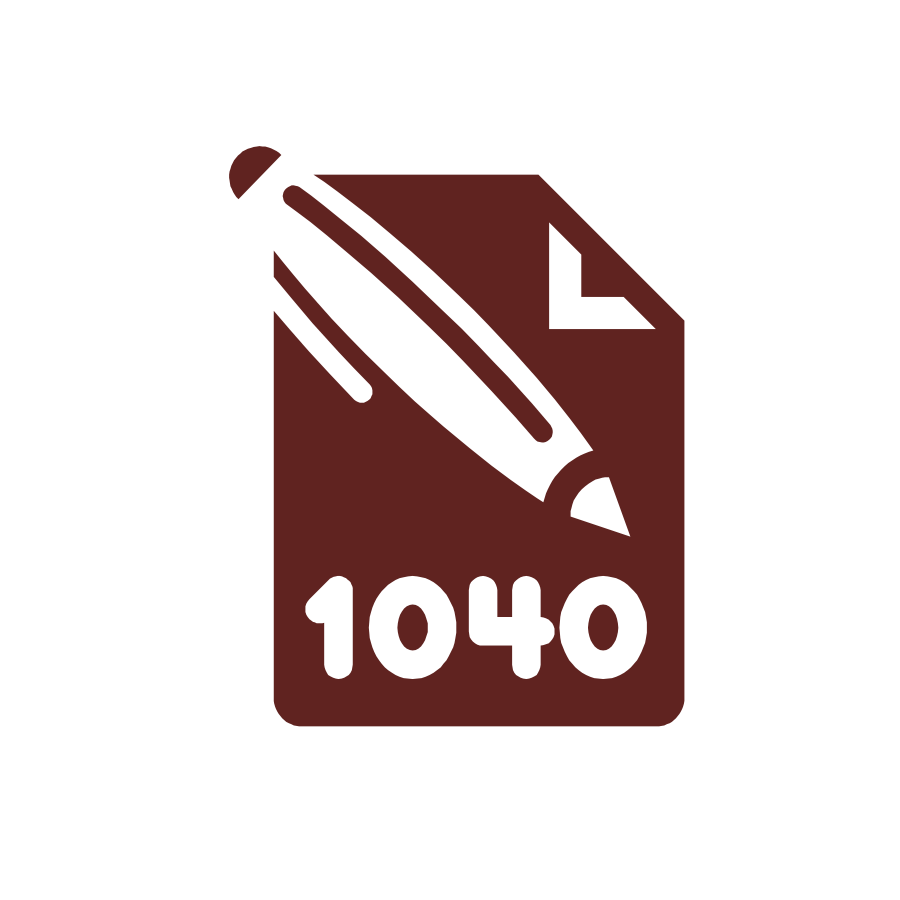Swedish government proposes changed rules for transfer pricing documentation
 ‹ Back to the articles
‹ Back to the articles
 The Ministry of Finance’s proposal for the introduction of the new OECD guidelines on transfer pricing documentation and country-by-country reporting has been distributed for consultation. Certain changes can be seen in comparing this proposal with the Swedish Tax Agency’s memorandum, which was presented in May of this year. One of the most significant differences between the two is that, in the Ministry’s proposal, the implementation of the new disclosure requirements is to be delayed until income years beginning after 31 March 2017.
The Ministry of Finance’s proposal for the introduction of the new OECD guidelines on transfer pricing documentation and country-by-country reporting has been distributed for consultation. Certain changes can be seen in comparing this proposal with the Swedish Tax Agency’s memorandum, which was presented in May of this year. One of the most significant differences between the two is that, in the Ministry’s proposal, the implementation of the new disclosure requirements is to be delayed until income years beginning after 31 March 2017.
In the spring, the Tax Agency presented their proposal for changed rules regarding transfer pricing documentation and as regards the introduction of so-called country-by-country reporting (CbCR). In a Tax matters posting dated 10 May 2016, we reported on the major components of the Tax Agency’s memorandum. The new reporting provisions imply, primarily, that groups covered by the rules requiring the production of transfer pricing documentation will be required to prepare a group-wide report (master file) for the group in its entirity and a company-specific report (local file) for each respective subsidiary. A large portion of the content to be presented in the group-wide report is new, while the content to be presented in the company-specific resports is, overall, the same as the information stipulated in today’s documentation requirements.
In October, the government presented its proposal regarding this new legislation to the Council on Legislation. The consultation reply from the Council reflects, largely speaking, the Tax Agency’s memorandum, however, with certain differences. Amongst other things, the new documentation rules would, according to the Council’s proposal, begin to apply to income years beginning after 31 March 2017. In the Tax Agency’s memorandum it is proposed that the rules be applied to income years beginning after 31 December 2016. The Council’s reply stated that the proposed rules should come into effect on 1 April 2017 as it is deemed that the DAC 4 (EU Council’s Directive on the change of Directive 2011/16/EU as regards the mandatory automatic exchange of information regarding taxation) and the OECD’s guidelines should be implemented as uniformly as possible.
Another change compared with the Tax Agency’s memorandum is that the Council includes a clarification of the period of calculation to apply in calculating the threshold amount in order that transactions with certain counter-parties are to be seen to comprise an insignificant amount. The Tax Agency’s memorandum specified only a limit of SEK 5 million per counter-party, while the Council’s response included the requirement that the calculation should take place per income year.
Of lesser importance is the clarification made regarding the required content of the transfer pricing documentation, whereby the Tax Agency’s memorandum’s proposal states only that the company-specific reports are to contain information regarding intra-group cross border transactions. The Council’s reply has now expanded this to imply that the company-specific reports should be required to contain information regarding both the company in question and its intra-group cross-border transactions.
Comments
The government’s proposal includes no new, major changes compared with the memorandum presented in the spring. The most important change is that the new documentation rules will first be applied to income years beginning after 31 March 2017. In practice, this implies that multinational gorups covered by the Swedish rules, and whose financial years start prior to that date, will not need to begin to apply the OECD’s new guidelines before the following financial year. However, it is important to note that some countries may adopt other dates for introduction of the new disclosure requirements, and it is, therefore, important to check the applicable dates in the various countries in which a given group has operations.
As regards the limit on the amount for when a transaction is to be seen to be insignficant, this is to be calculated per counter-party and also, as has now been clarified, per income year. That one has also added in the text the requirement that the company-specific reports are to include information regarding the company is, presumably, only a matter of clarification, as the proposal on changes in the Swedish Tax Procedure Act will, anyway, contain detailed information as to what is required to be included in the master file and the local file. The Council’s reply does not expressly address the so-called comparative analyses. It is, however, reasonable to assume that the Tax Agency in their implementation of the regulations will probably comply with OECD recommendations and will, therefore, require regularly updated comparative data.
In conclusion, it can be noted that the proposed changes imply that all groups required to produce transfer pricing documentation will incur an extensive amount of work in adapting to the new reporting provisions. Our recommendation is that these groups begin, already at this point in time, to prepare themselves for this new reporting by, for example, reviewing their existing transfer pricing documentation and transfer pricing model. For a group operating in a country with an implementation date earlier than the date to apply in Sweden, it is, of course, even more important to begin, already at this stage, to initiate the process of adapting to the new transfer pricing documentation requirements.

Pär Magnus Wiséen
Pär Magnus Wiséen arbetar på skatteavdelningen på PwC:s kontor i Stockholm med internprissättning och frågor som uppstår i samband med omstruktureringar och förändringar inom större koncerner.
010-213 32 95

Leave a comment